During times of emergencies, it’s vital to eat well-balanced meals in order to reduce the stress on your body and mind.
To help reduce this stress we need to eat proteins, fats, and carbohydrates to keep us at optimal energy levels and performance. When you don’t have adequate nutrition decision making and timely, appropriate responses to a crisis become harder to achieve. Foods that travel well or can be prepared with a minimal amount of resources in an actual situation can give you a vital edge.
Dehydrated soups are an excellent survival food because they can be stretched to feed more people, or made more concentrated to increase nutritional value. They are also very easy to cobble together from all kinds of scraps, or from items that have a long shelf life like dehydrated vegetables. Learning how to make and use dehydrated soups is a skill that will be of use in both short and long term emergencies.
What are Dehydrated Soups?
These are soups that have had all of the water removed from them. The result is a powdered mix that may include spices, vegetables, or anything else that was in the original soup. Even though it is best to store individual ingredients in separate packets, entire meals can also be dehydrated for consumption later on.
Basic Steps for Making Dehydrated Soups
Since bacteria and other pathogens require moisture, removing as much water as possible reduces the risk of spoilage. When vegetables are dehydrated, it extends their edible life by weeks to months or more. The process of dehydration involves using heated airflow to remove moisture from the food.
There are several devices you can use to dehydrate foods:
- Electric Dehydrator – These devices are little more than a heating element, a fan, and a series of trays that hold foods to be dried out. All you have to do is place the food on the racks, set the temperature (meats require a different temperature than vegetables and fruits), and allow the dehydrator to run for several hours. Depending on the model, it may take more or less time. You will need to read the instruction book and experiment with different foods to get the proper level of dryness.
- Your Kitchen Stove – Many foods can also be dried in the oven at a temperature around 200 degrees F. As long as you aren’t planning on baking, roasting, or broiling over the course of 12 – 24 hours, the oven will meet most of your needs. Unlike the dehydrator, however, you will also have to turn the foods from time to time to improve drying quality.
- Solar Dehydrator – You can also build a solar dehydrator that relies on the power of the sun to dry out foods. There are many design plans available that range from setting up your automobile dashboard for drying foods to elaborate systems with racks and windows.
Making A Dehydrated Soup Base
You can get your ingredients from just about any source. This includes your garden, wild plants, the grocery store, or your favorite farmer’s market What actually goes into the soup will depend largely on what is available as well as what kind of foods you like. For example, right now it is fairly easy to get items like peppers, carrots, tomatoes, cabbage, and corn. If you dehydrate these foods and store them away, then you can enjoy them well after it becomes difficult to obtain these items. Later on, dehydrated soups may consist of roots that you harvest in the wild or anything else that you can scavenge.
While dehydrating foods is not a complicated task, it does require attention to detail and can be time-consuming. Use the following general instructions to dehydrate vegetables for a soup base.
- Try to choose vegetables that are at their peak ripeness, and just after harvesting.
- No matter where you get the vegetables, always thoroughly wash and inspect them to ensure they are totally clean.
- While most vegetables can be dehydrated raw, others require blanching in order to retain the best possible taste. This is a simple process. Just bring the vegetables to a 2-3 minute fast boil. Then put them in an ice bath for rapid cooling. The most commonly blanched vegetables include asparagus, cabbage, carrots, green beans, kale, most leafy green vegetables, peas, and potatoes.
- Pat the vegetables dry, then uniformly cut them into ¼ inch thick pieces. Discard pieces that are discolored or show signs of disease or damage.
- Put the slices on the rack so that they do not overlap. Position the food so that air can circulate freely over, under, and around it.
- If using a machine, check the manual for the best drying temperature for each food type.
- Drying time can take 6 hours or more.
- Check the vegetables every two hours. You will know they are fully dehydrated when the slices break apart with a snap instead of bend or flex.
- Once the foods are dehydrated, it is very important to handle them with care so that they do not become contaminated. Use only sterilized utensils. Always make sure your hands are clean. Containers used to store the dried foods should also be clean, dry, and sterilized.
- After the food has cooled off enough, powder the vegetables. Most people use a food processor for large quantities. You can also use a mortar and pestle. You can also choose to powder the vegetables at a later time, and simply store them away as whole slices.
- Store the vegetables in vacuum-sealed or mylar bags for long term storage. The powdered vegetable mix can also be stored in clean, sterilized, and sealed glass containers with an oxygen absorber. Regardless of the container type, keep it away from heat (optimal temperature between 68 and 72 degrees F.), moisture, and light.
Reconstituting dehydrated soup bases is very easy, as is making an actual soup. Simply add water to the soup mix and boil for about 10 minutes. When the soup mix has been reconstituted it can be used as-is, or in a variety of meals. Do not forget that you can mix different powdered soups or dehydrated vegetables to create different flavors and textures.
As a general rule, use about 1 ½ cups of water to ¾ to 1 cup of powdered soup mix to get a good consistency. This ratio will provide one meal for one person. If you are preparing soup for more people, simply multiply the water and powder mix amount by the number of people that will be eating it.
When it comes to other ingredients, the possibilities are endless. No matter whether you have a tomato soup base or a mixed vegetable base, you can add meat, fish, spices, or anything else that you have on hand. This includes noodles as well as meat bullion cubes.
Dehydrated soup bases can also be used to make stews and chilies. To make stew, just use less water in the mix, or let it boil down to a thicker consistency. Since chili is hearty and versatile food, being able to make it from dehydrated soups may be of use. Here is a sample recipe:
- 1 cup of soaked dry beans. While most people use kidney beans, you can use anything from navy beans to chickpeas or a mix of beans.
- ¼ cup dehydrated onions.
- ¼ cup dehydrated carrots.
- Dehydrated peppers. The range of peppers is endless, as is the amount you will need to use. Sweet or bell peppers can be added in much larger volumes than Jalapenos, Habaneros, or further up the Scoville rating scale, Pepper X peppers. Make sure you know the heat rating of the peppers you are using and how they will impact your capacity to consume the chili.
- 2 tbsp dehydrated powdered tomatoes.
- 1 ½ cups water.
- Any kind of meat – About 1 cup ground up.
- Garlic powder, chili powder, and paprika to suit your tastes. Remember, a little chili powder goes a long way. Stay with milder chilies unless you have bread on hand and know how to eat spicier chilies.
- Salt and black pepper to taste.
To make the chili, start off by soaking the beans until they are soft enough to cook quickly in the chili pot. Next, chunk or grind up any meat you are planning to use. Brown the meat until it is fully cooked.
Once these steps are completed, go ahead and rehydrate the carrots, peppers, and onions. Add them to a pot of water, and let them boil for about 10 minutes.
Add the tomato powder and beans.
Let the chili simmer for about 20 minutes.
Next, add the meat and any remaining dry ingredients and stir. Let the chili simmer for another 5 minutes. Give the chili a taste test. If the beans are tender and the flavor is right, it’s time to eat.
Dehydrating is an excellent way to preserve foods. Soup bases made from vegetables are ideal because you can use just about anything and combine it later on to make a nutritionally balanced meal. No matter whether you have squash, leafy greens, or some other food on hand, dehydrating into a soup base can help you cut food costs even as you prepare for an emergency.


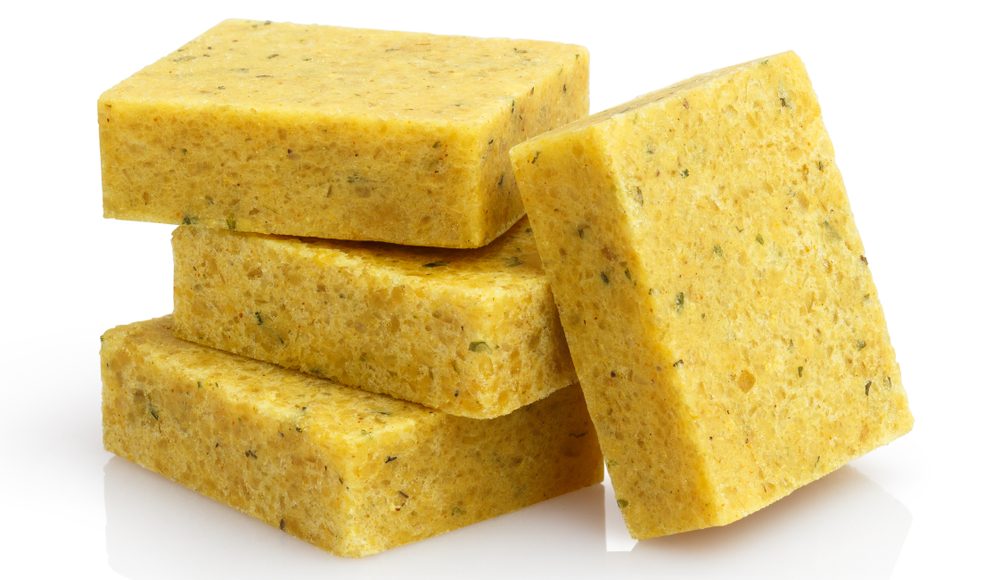

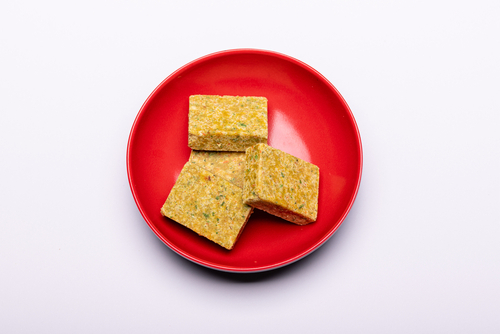
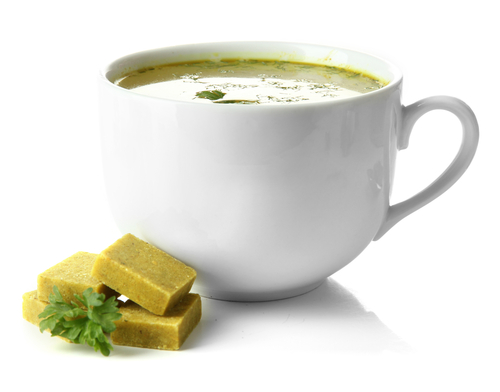



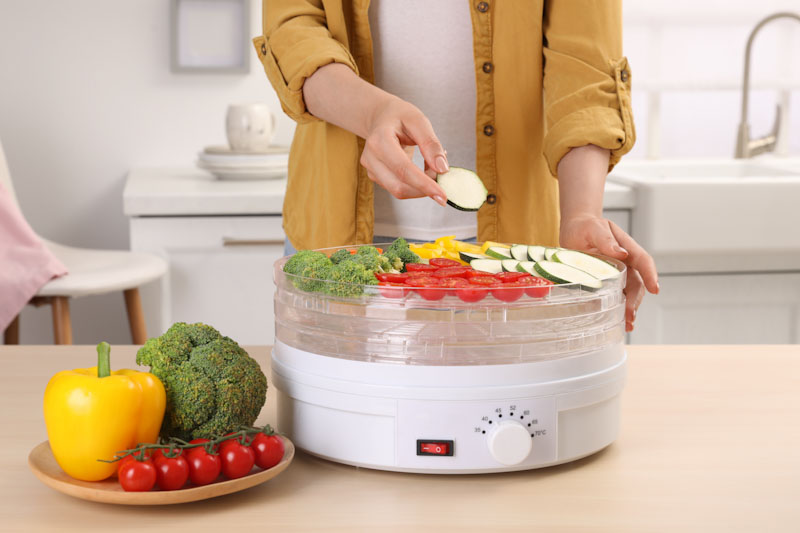
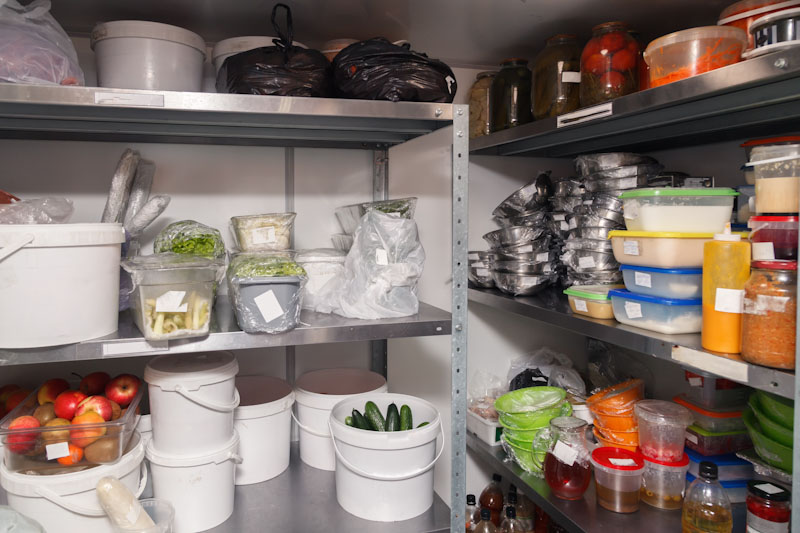


Kathryn Meyer | February 14, 2021
|
Please tell me how I can forward this info to others in my family?
Leila Marsden Barth | August 3, 2022
|
I am confused how you get the soup into a bar shape if it is powdered?
K Bob | August 22, 2022
|
Just press it into a mould of some kind. With a reasonable pressure it will form a bar that you can then wrap and store. This is entirely optional.
Leila Marsden Barth | August 27, 2022
|
So fascinating! Thank you for the response. I will have to try that.